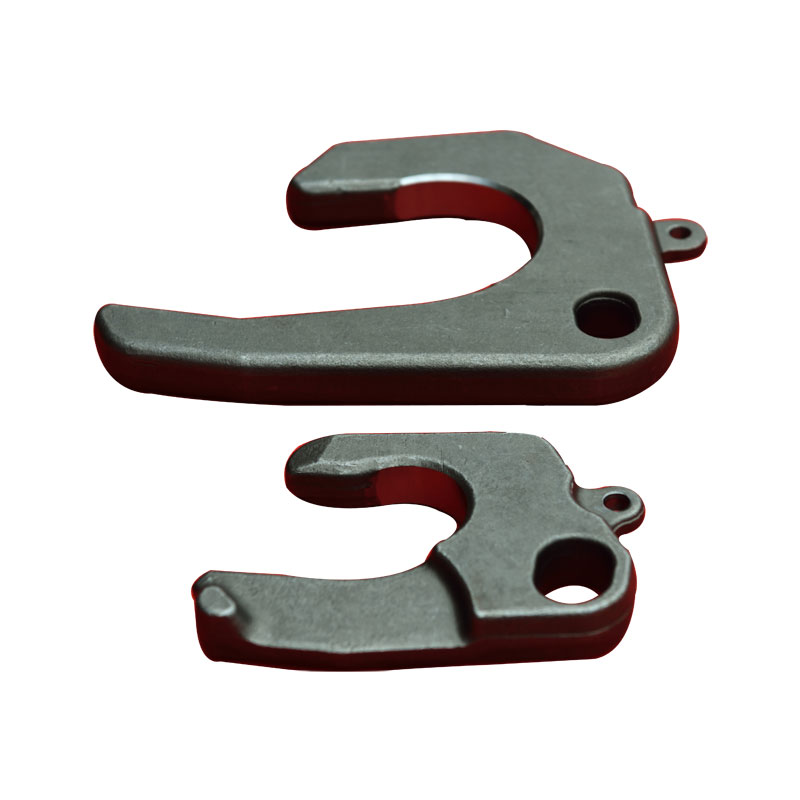Typical precision forging technology
2022-07-20
Precision forging refers to the forming technology that only a small amount of machining or no machining is needed to meet the dimensional accuracy requirements of parts after forging. There are two main ways to achieve precision forging: precision blank, that is, directly forging the blank to meet the requirements of precision machine. Precision forging, the whole or some parts of the direct use of precision forging process, so as to reduce machine loading. At present, many precision forging processes are used in production. According to the forming temperature, it can be divided into hot precision forging, cold precision forging, warm precision forging, composite precision forging and so on.
1. Hot precision forging process
Hot forging refers to the forging process above the recrystallization temperature. Because the deformation temperature is high, the deformation resistance of the material is low and the plasticity is good when forging, so it is easy to form the parts with complex geometry.
2, cold precision forging process
Cold forging technology is a kind of forging technology at room temperature. Due to the forming at room temperature, avoid the size error caused by thermal expansion and contraction, so the shape and size of the workpiece of cold precision forging is easier to control, and the surface of the forging does not produce oxidation and burning loss, with high surface quality, so the forging precision of hot precision forging and warm precision forging are lower than that of cold precision forging.
3. Warm fine forging process
Warm forging is a fine forging technique in which the metal is heated to a suitable temperature below the recrystallization temperature. It has the advantages of hot forging and cold forging at the same time to avoid their defects, effectively reduce the load of equipment and die, improve the plasticity and fluidity of metal, without forging annealing.
4. Composite fine forging process
Composite fine forging process is a forging technology that combines cold, warm and hot forging processes to complete a workpiece forging. It can give full play to the advantages of cold, warm and hot forging and avoid the disadvantages of cold, warm and hot forging. At the same time, the mechanical properties, dimensional accuracy and surface quality of the parts produced by the composite precision forging process are improved compared with those produced by the single forging technology. At present, the commonly used composite precision forging process mainly includes warm forging - cold finishing, hot forging - cold forging, warm extrusion - cold rotary forging, warm hot precision forging - cold extrusion, hot precision forging - cold rotary forging and so on.

1. Hot precision forging process
Hot forging refers to the forging process above the recrystallization temperature. Because the deformation temperature is high, the deformation resistance of the material is low and the plasticity is good when forging, so it is easy to form the parts with complex geometry.
2, cold precision forging process
Cold forging technology is a kind of forging technology at room temperature. Due to the forming at room temperature, avoid the size error caused by thermal expansion and contraction, so the shape and size of the workpiece of cold precision forging is easier to control, and the surface of the forging does not produce oxidation and burning loss, with high surface quality, so the forging precision of hot precision forging and warm precision forging are lower than that of cold precision forging.
3. Warm fine forging process
Warm forging is a fine forging technique in which the metal is heated to a suitable temperature below the recrystallization temperature. It has the advantages of hot forging and cold forging at the same time to avoid their defects, effectively reduce the load of equipment and die, improve the plasticity and fluidity of metal, without forging annealing.
4. Composite fine forging process
Composite fine forging process is a forging technology that combines cold, warm and hot forging processes to complete a workpiece forging. It can give full play to the advantages of cold, warm and hot forging and avoid the disadvantages of cold, warm and hot forging. At the same time, the mechanical properties, dimensional accuracy and surface quality of the parts produced by the composite precision forging process are improved compared with those produced by the single forging technology. At present, the commonly used composite precision forging process mainly includes warm forging - cold finishing, hot forging - cold forging, warm extrusion - cold rotary forging, warm hot precision forging - cold extrusion, hot precision forging - cold rotary forging and so on.

X
We use cookies to offer you a better browsing experience, analyze site traffic and personalize content. By using this site, you agree to our use of cookies.
Privacy Policy



